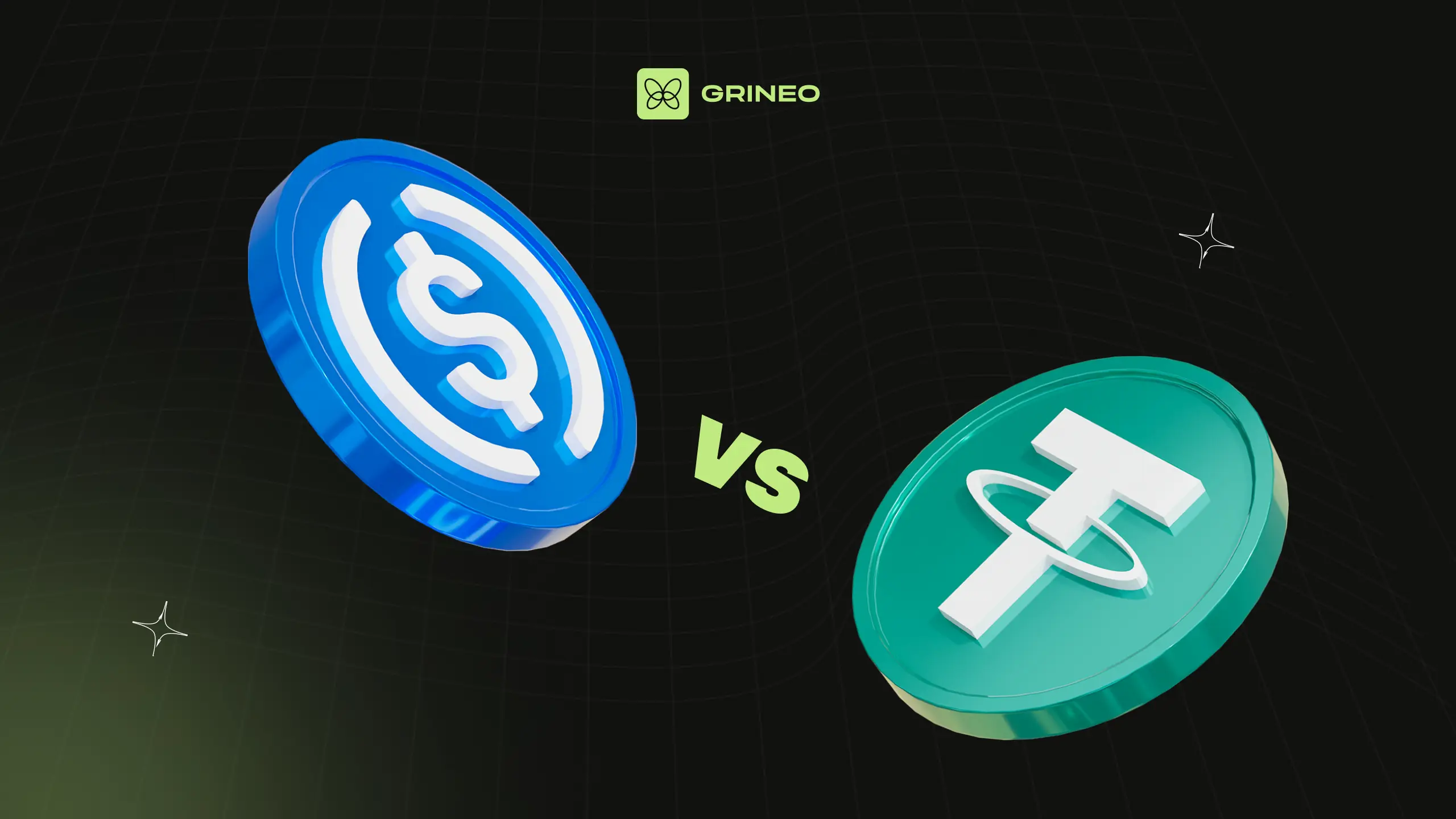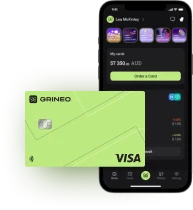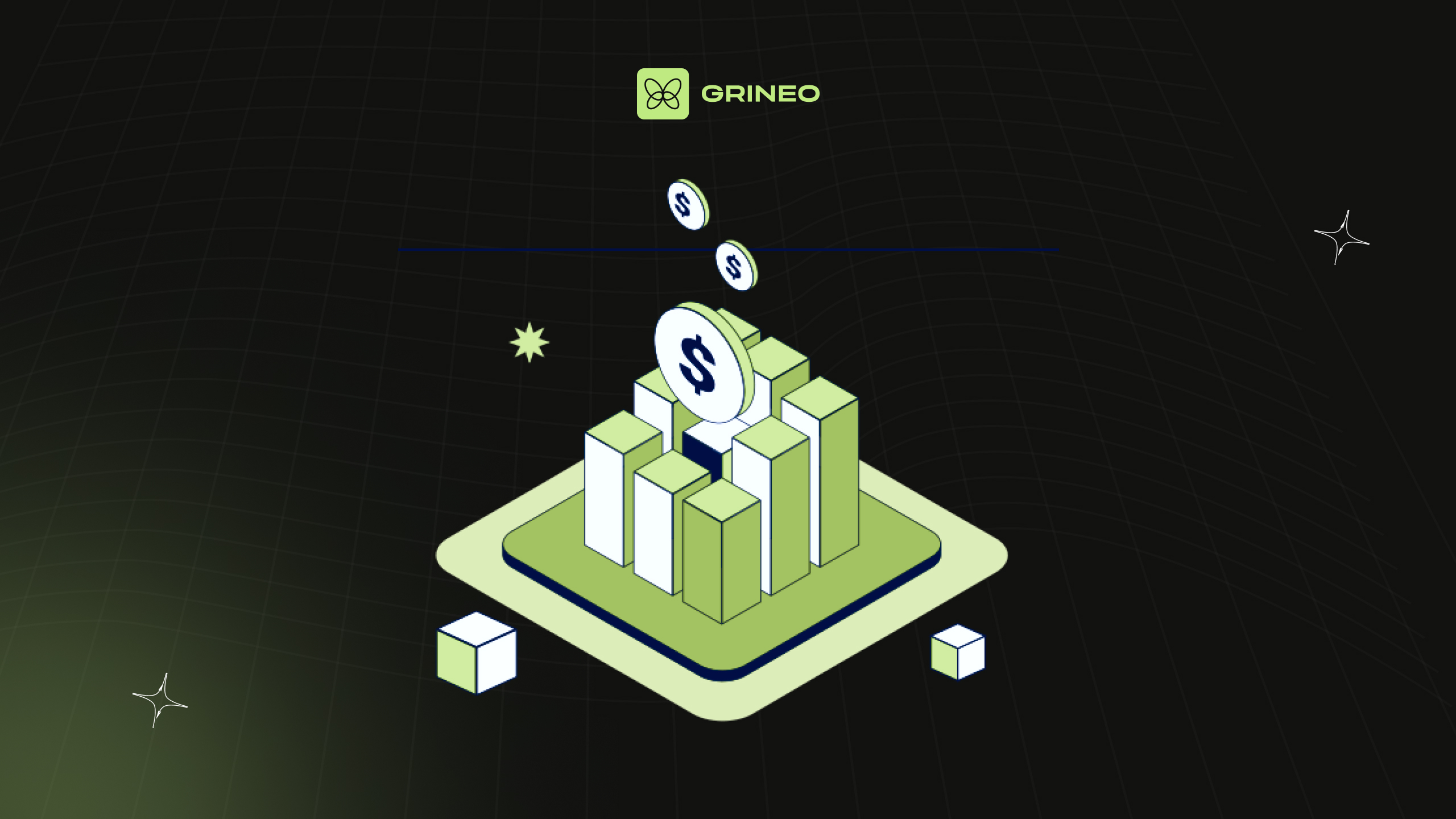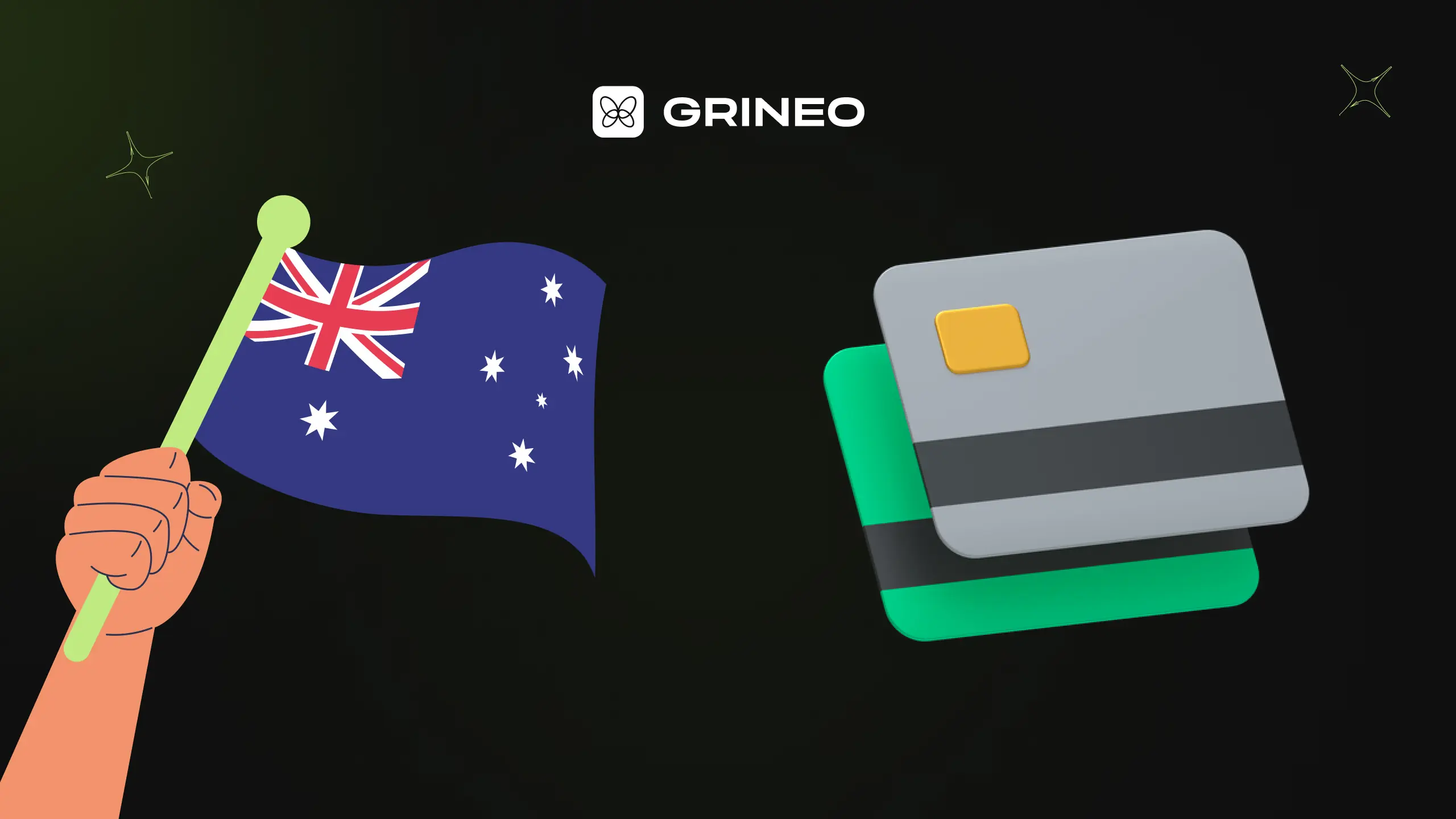USDC vs USDT: Top Stablecoins Compared

Stablecoins have emerged as a cornerstone in the cryptocurrency ecosystem, providing a bridge between volatile digital assets and stable fiat currencies. Among the numerous stablecoins available, Tether (USDT) and USD Coin (USDC) are two of the most prominent. This article delves into the key differences, similarities, and considerations for choosing between USDT and USDC.
Contents
Choosing Between USDT and USDC: What is the Best Stablecoin in 2024?
Final Thoughts on USDT vs USDC
What is a Stablecoin?
A stablecoin is a type of cryptocurrency that is designed to maintain a stable value relative to a specific asset or basket of assets. The primary goal of stablecoins is to reduce the volatility typically associated with cryptocurrencies like Bitcoin and Ethereum, making them more suitable for everyday transactions, savings, and other financial activities. Here are use cases for stablecoins:
- Medium of Exchange: Due to their stable value, stablecoins are suitable for everyday transactions, making it easier for merchants and consumers to use cryptocurrency without worrying about price fluctuations.
- Store of Value: Users can hold stablecoins as a safe haven during periods of market volatility.
- Remittances and Payments: Stablecoins can facilitate fast and low-cost cross-border transactions compared to traditional banking systems.
- Decentralized Finance (DeFi): Stablecoins play a crucial role in DeFi applications, serving as collateral for loans, liquidity in decentralized exchanges, and more.
Stablecoins basically provide a bridge between the volatility of traditional cryptocurrencies and the stability required for practical financial applications. For a stablecoin to remain stable, it needs to be collateralized. In the case of USDC and USDT, each project needs to have at least 1 USD worth of assets held in reserve for each token they mint. So for example, for every 1 USD Coin that exists, the issuing company, Circle, needs to have 1 US dollar held in reserve.
Otherwise, the project would not be able to cash people out of USD Coin if too many people tried to sell their stablecoins at the same time.
What is USDC vs USDT?
USDC (USD Coin) and USDT (Tether) are two of the most widely used stablecoins in the cryptocurrency market. Both are designed to maintain a 1:1 peg with the US dollar, providing stability and acting as a bridge between traditional finance and the cryptocurrency world. However, there are some differences in their structure, backing, and governance.
Overview of USDT
Tether (USDT) is one of the oldest and most widely used stablecoins. Launched in 2014 by Tether Limited, USDT aims to maintain a 1:1 peg with the US Dollar.
USDT consistently ranks as the most traded cryptocurrency by volume, often surpassing Bitcoin. It is supported by most major cryptocurrency exchanges and platforms, and due to its high trading volume, USDT offers excellent liquidity. Tether has faced scrutiny regarding its reserves and transparency, with questions about whether it is fully backed by US dollars. However, to date there has been no hard evidence that Tether is not collateralized. If it transpires that the project is not backed up with 1 USD per Tether token, the price would collapse.
Tether can be issued on a number of blockchains, including Ethereum (ERC20) and Tron (TRC20), with USDT (TRC20) typically having the lowest transaction fees. When sending Tether, it’s important to make sure you’re sending the right type of Tether to the right wallet, as you can’t send USDT ERC20 to a TRC20 wallet, for example, and doing so can result in lost funds.
USDT is backed by a mixture of Treasury bills, cash, loans, crypto, and other assets. The company has been reluctant to divulge the exact nature of the backing. Despite claiming that Tether was fully backed by US dollars, it has been shown that Tether was not fully backed multiple times during the lifecycle of the project. Tether has been subject to multiple legal actions and investigations over the last few years due to lack of clarity over its business practices.
Like every stablecoin, Tether has occassionally lost its peg to the US dollar, trading above or below the price for short periods of time, although this is rare due to Tether having high liquidity.
Overview of USDC
USD Coin (USDC) was launched in 2018 through a collaboration between Circle and Coinbase under the Centre Consortium. It also maintains a 1:1 peg with the US Dollar. USDC prides itself on regulatory compliance and transparency, with regular audits of its reserves. While not as dominant as USDT, USDC is widely accepted and integrated into various DeFi platforms and exchanges. Circle provides regular reports on the reserves backing USDC, offering more assurance to users regarding its stability and backing.
Like Tether, USDC is not infallible. In January 2024, the stablecoin temporarily lost its peg, with price sinking to $0.74 per 1 USDC, far below the stated market value of $1 USD. This was due to a lack of liquidity for USDC at the time. USDC also dropped to $0.86 in March 2024 due to a run on the currency after the collapse of Silicon Valley bank. The market learned that Circle, which issues USDC, held funds at Silocon Valley, leading to a panic that USDC reserves had been lost, although this was not the case.
Both Tether and USDC have briefly depegged from $1 USD at different times throughout their history, with USDC depegging more often and severely due to lower liquidity. Unlike USDT, USDC is very transparent with its reserves and frequently releases evidence of them following audits, whereas Tether notoriously fired its auditor for being too thorough.
Choosing Between USDT and USDC: What is the Best Stablecoin in 2024?
For Traders
USDT’s high liquidity and extensive exchange support make it ideal for frequent trading.
For Long-Term Holders and DeFi Users
USDC’s transparency, regulatory compliance, and potentially safer reserve backing make it a more secure choice for holding value and participating in DeFi activities, as well as the more trusted of the two options.
Final Thoughts on USDT vs USDC
USDT and USDC both play crucial roles in the cryptocurrency market, offering stability in a volatile environment.
While USDT boasts unmatched liquidity and market presence, USDC offers greater transparency and regulatory assurance. Understanding the nuances of each can help users make informed decisions based on their specific requirements and risk appetite.
You can spend USDC and USDT straight from the Grineo card by simply tapping or swiping the card in stores. You can also make online purchases, swap USDT and USDC for other currencies in the app, or withdraw USDT and USDC as cash from the nearest ATM.
Download the Grineo App for iOS or Android now.









